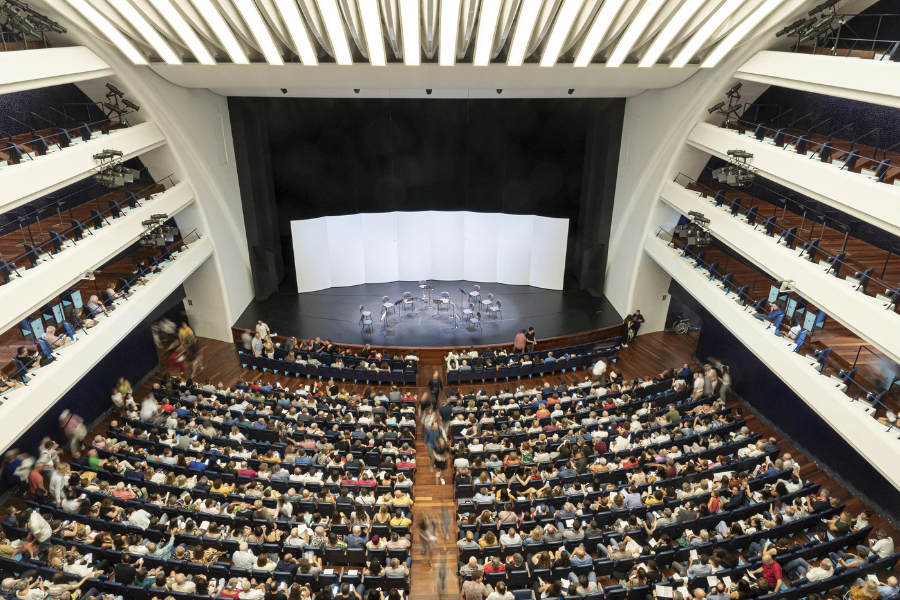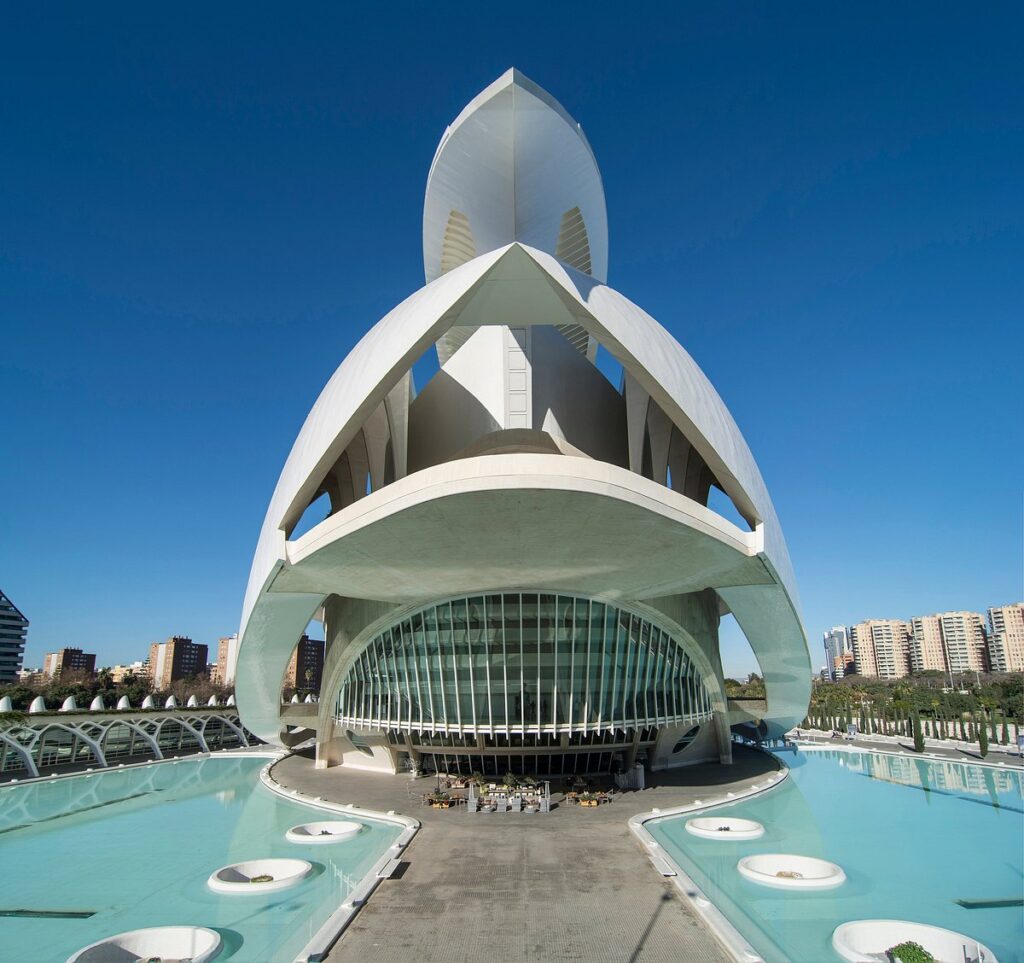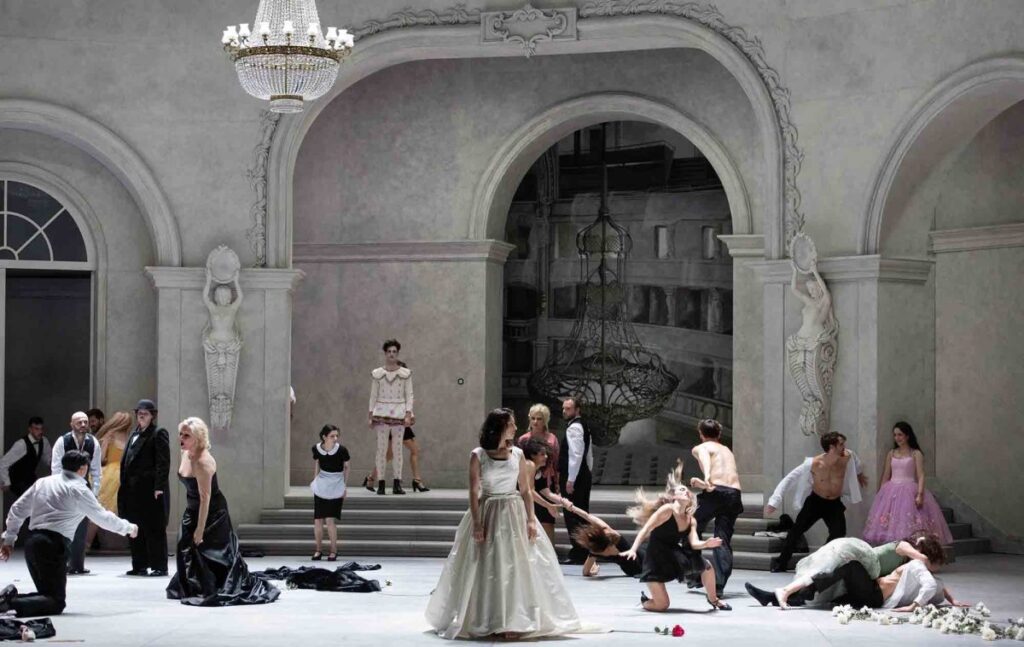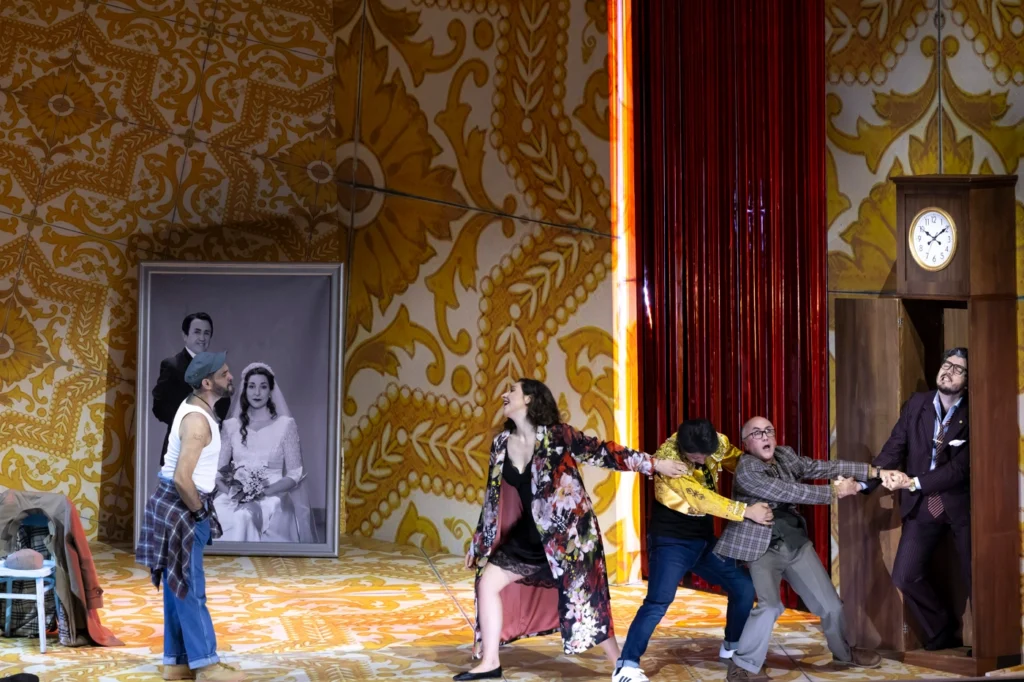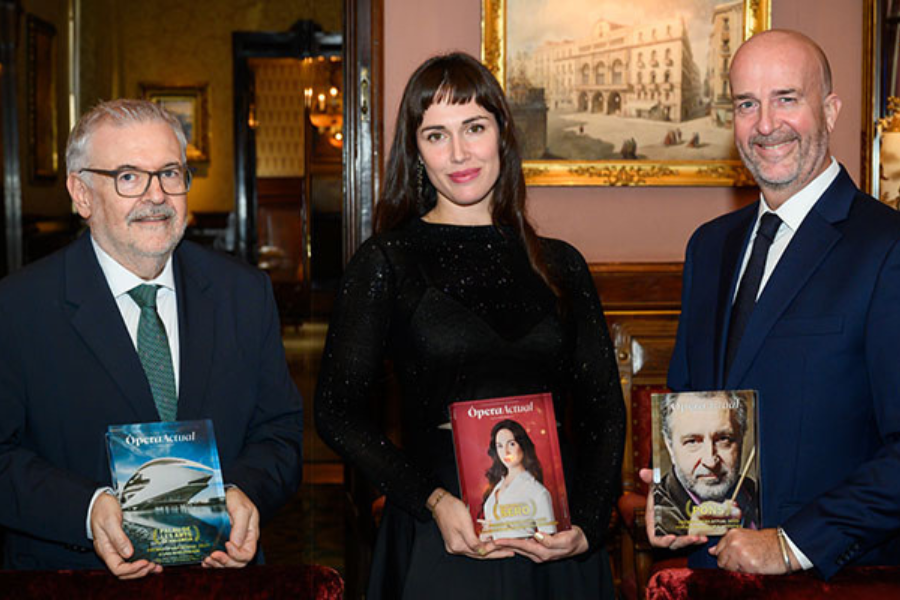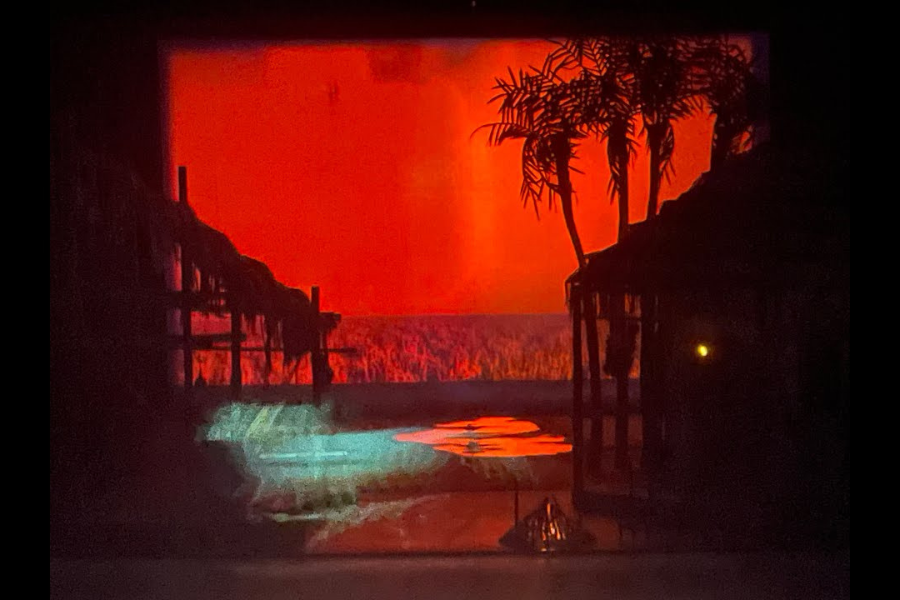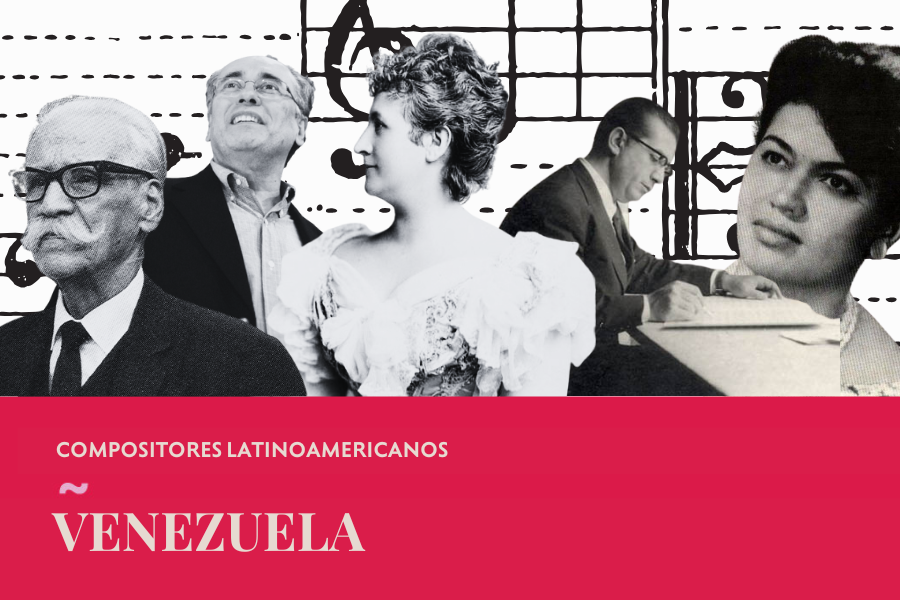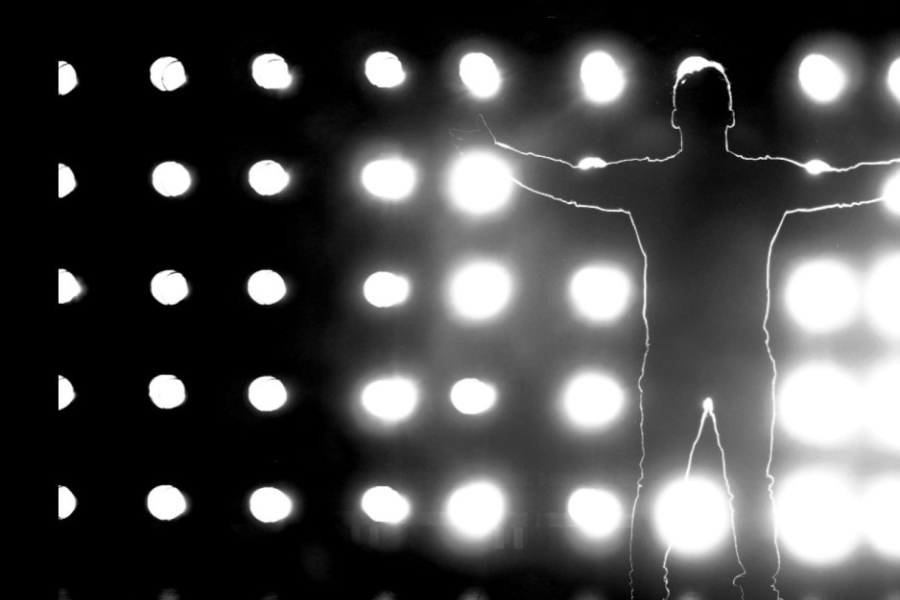Palau de Les Arts Reina Sofía: Discovering the Arts

The Palau de les Arts Reina Sofía is Valencia’s major opera house and performing arts centre. Designed by Santiago Calatrava, it is part of the City of Arts and Sciences complex. Inaugurated on 8 October 2005 by Queen Sofía, the theatre has since hosted operatic and musical performances, become the home of the Orquestra de la Comunitat Valenciana (OCV) and the Cor de la Generalitat Valenciana, and launched a number of projects focused on education, sustainability, and community engagement.
The official opening of the Palau de les Arts took place on 8 October 2005 during the celebrations for the Day of the Valencian Community. Its creation marked one of the final milestones in the development of the ambitious City of Arts and Sciences – a neofuturist cultural and scientific complex conceived by Valencian architect Santiago Calatrava, aimed at positioning the city as a leading international cultural and tourism destination.
The idea to endow the city with a world-class opera house emerged in the 1990s, promoted by the Generalitat Valenciana under the leadership of Eduardo Zaplana. The decision sought to give Valencia a lyrical venue capable of staging major international productions.
The theatre’s first official season opened in October 2006 with Fidelio by Beethoven, conducted by Maestro Lorin Maazel, who also founded and served as the first music director of the newly formed Orquestra de la Comunitat Valenciana (OCV), created specifically for the theatre. Its early years were marked by great artistic momentum, particularly with the launch of the Festival del Mediterrani (2007), spearheaded by Zubin Mehta and Helga Schmidt (1941–2019), the theatre’s first artistic director.
Among its landmark achievements, the Palau de les Arts has staged complete productions of Wagner’s The Ring Cycle, toured internationally with its orchestra, premiered new contemporary operas, and strengthened its training centre, the Centre de Perfeccionament (Palau de les Arts Opera Studio).
In recent years, the institution has formed a renewed management team, with Jesús Iglesias Noriega as artistic director since 2017 and Jorge Culla as general director since 2021. Their efforts have focused on audience development, international collaboration, and a strong commitment to sustainability, education, and accessibility.
Neofuturism by the sea
Designed by architect Santiago Calatrava, the Palau de les Arts is one of the most iconic buildings in the City of Arts and Sciences complex.
Its futuristic silhouette, clad in white trencadís (a traditional Catalan and Valencian ceramic technique), resembles a helmet or a spacecraft. It has been widely described as a striking example of “neofuturist architecture”.
With over 40,000 square metres of built space and a height of 75 metres, the building houses four main performance venues: the Main Hall, the Auditorium, the Teatre Martín i Soler, and the Aula Magistral. This diversity allows for a wide-ranging programme, from full-scale opera productions to chamber music, symphonic concerts, contemporary dance, and multidisciplinary shows.
The Main Hall, seating 1,412 spectators, is the theatre’s primary venue. It hosts opera, zarzuela, dance, Lied recitals, Grandes Voces cycles, and chamber orchestra concerts. Its wide stalls and four levels of horseshoe-shaped boxes are equipped with state-of-the-art stage technology, accommodating even the most demanding productions.
The Auditorium accommodates 1,490 spectators and offers excellent visibility from all seats. It is particularly suited to symphonic concerts and performances by prominent artists in jazz, fado, and other genres.
The Teatre Martín i Soler, located beneath the Turia riverbed, seats 400 and is named after the most internationally renowned Valencian composer. It is designed for chamber opera and smaller-scale productions, including Baroque and flamenco music cycles. It features a full orchestra pit and complete stage equipment.
The Aula Magistral, also with 400 seats, is suitable for smaller-scale events such as conferences, recitals, educational activities, and roundtables.
The building features elevated platforms with walkways and vegetation, accessible via panoramic lifts and staircases housed within the structure’s metal side casings. Beyond its function as a performance venue, the Palau de les Arts has become a major urban and tourist landmark, attracting thousands of visitors every year.
A platform for new audiences and artists
Palau de les Arts has launched several initiatives to expand cultural access and promote citizen participation. Among these is Les Arts Volant, a travelling opera company that brings live productions to towns across the Valencian Community.
Developed in collaboration with the Generalitat Valenciana, the Provincial Council of Valencia, and Valencia City Council, the aim of Les Arts Volant is “to bring opera to every corner of our region, particularly to locations with limited musical activity or where staging a performance would be difficult due to the lack of technical infrastructure.” The company travels by lorry, offering free outdoor performances in public squares, cultural centres, markets, and open-air venues.
During a new tour in June and July 2025, Les Arts Volant will present La Ventafocs, a Valencian-language adaptation of Pauline Viardot’s Cendrillon, directed by Joan Font, founder of the Comediants theatre group.
The Les Arts és Educació programme includes school visits, workshops, performances adapted for children and teenagers, and training for teachers. Notable projects include Discover the OCV, which introduces the structure of the Orquestra de la Comunitat Valenciana, and Build Your Own Opera, a tutorial for young people to explore directing and stage design.
Another key strand is Les Arts és Inclusió, which promotes activities for people with functional diversity, the elderly, and vulnerable groups. The programme collaborates with occupational centres, social organisations, and hospitals, and includes initiatives such as accessible opera performances with audio description and sign language, and participatory creation projects. In the 2024–2025 season, the theatre offered accessible performances of Il trovatore (Verdi), Dialogues des Carmélites (Poulenc), and Der fliegende Holländer (Wagner).
In terms of artistic mediation, Les Arts offers artist encounters, educational introductions before performances, open rehearsals, themed guided tours, and community co-creation projects. The institution has also embraced digital transformation, offering multimedia content, streaming broadcasts, and targeted social media campaigns, particularly aimed at younger audiences.
“It is vital to bring music and the performing arts to all kinds of audiences, especially those who face limitations—whether due to economic hardship, social isolation, or geographic distance,” said Jorge Culla, general director of Les Arts, in an interview published by OLA in 2021.
The Centre de Perfeccionament, currently advised musically by soprano María Bayo, plays a fundamental role. Its mission is to provide high-level professional training for young singers and musicians from Spain, the EU, and beyond, preparing them for the opera world through a comprehensive and structured curriculum.
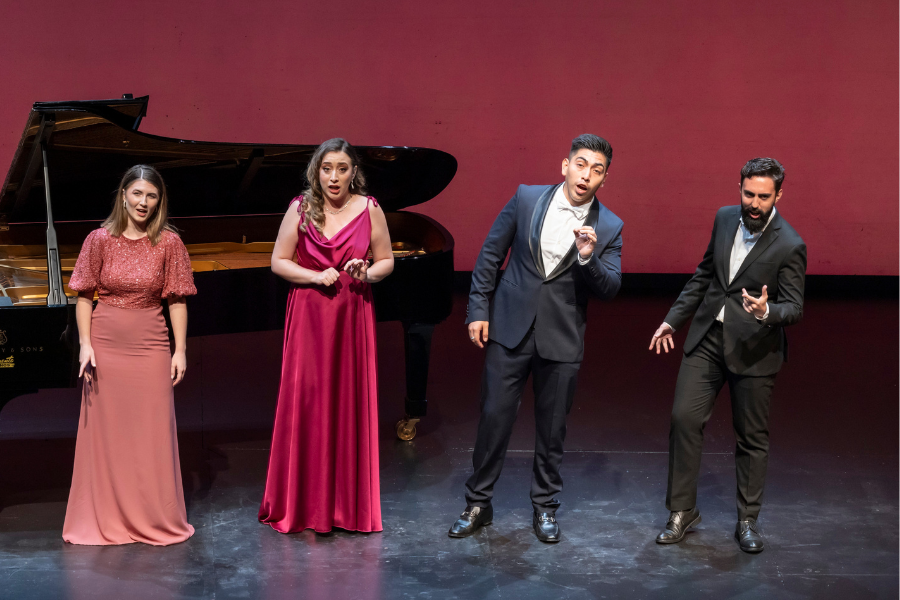
The artists in this opera studio live and work within the daily life of the Palau de les Arts Reina Sofía. They take part in the season’s programming and work closely with the professional artists involved in each production.
Discovering opera
The Palau de les Arts’ season includes staged and concert opera, zarzuela, symphonic music, vocal recitals, dance, and innovative contemporary proposals.
The stage has hosted leading singers such as Lisette Oropesa, Juan Diego Flórez, Sondra Radvanovsky, Angel Blue, Asmik Grigorian, Piotr Beczała, and Nadine Sierra, among many others. The Orquestra de la Comunitat Valenciana’s principal conductor from September 2025 will be Sir Mark Elder (UK), succeeding American conductor James Gaffigan.
The season’s programming has recently blended classical repertoire with new productions, such as Christof Loy’s Rusalka (2023–2024) and the double bill of L’heure espagnole and Gianni Schicchi directed by Moshe Leiser and Patrice Caurier (2024–2025).
Rarely performed titles have also featured, including a concert version of Handel’s Tamerlano and upcoming world premieres, such as Enemigo del pueblo (Enemy of the People) by Valencian composer Francisco Coll, scheduled for the 2025–2026 season.
In 2025, the theatre’s 20th anniversary year, the season will open with Faust (C. Gounod), staged by Johannes Erath. Other directors presenting new productions include Valentina Carrasco (Luisa Miller by Verdi) and Àlex Rigola (Enemigo del pueblo by F. Coll), alongside productions by Damiano Michieletto, Àlex Ollé, and Laurent Pelly.




